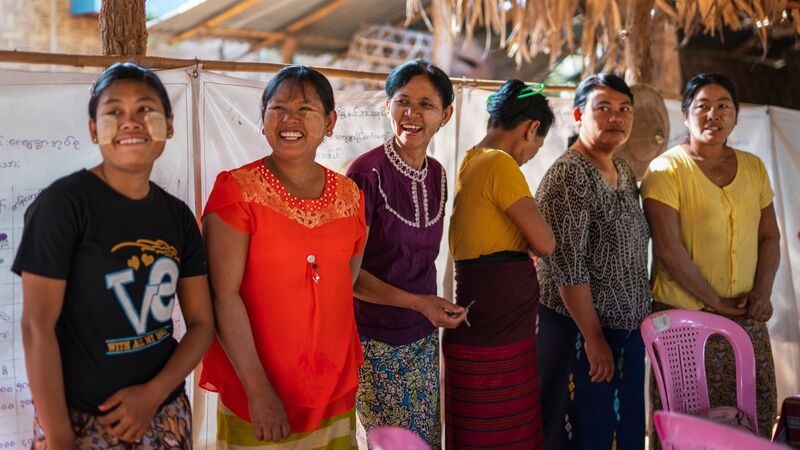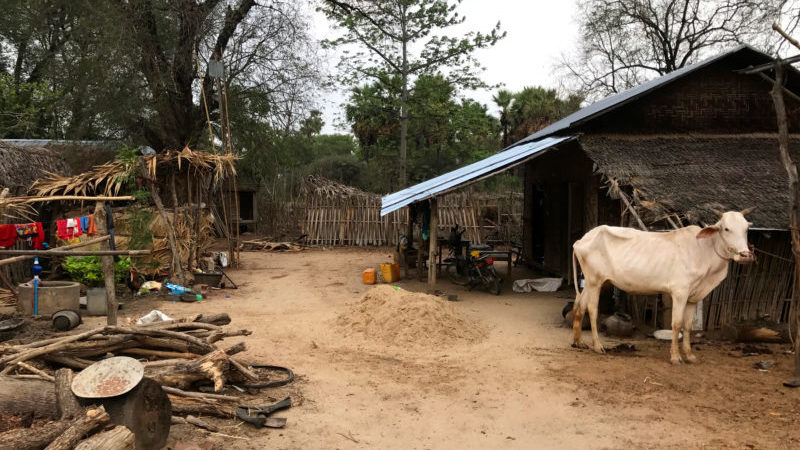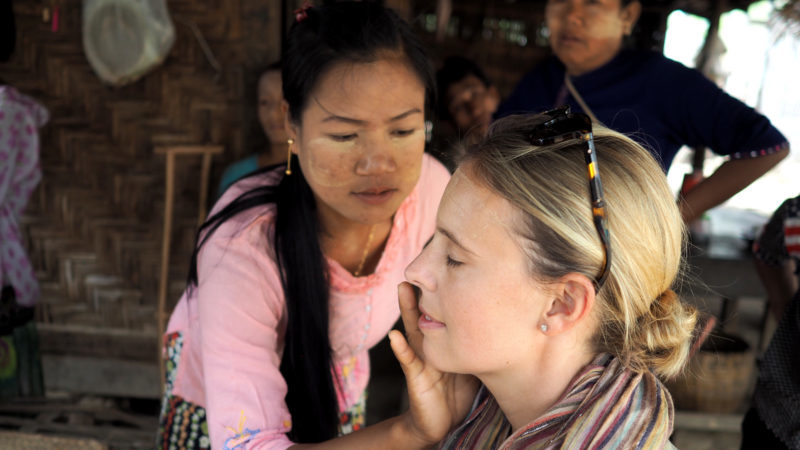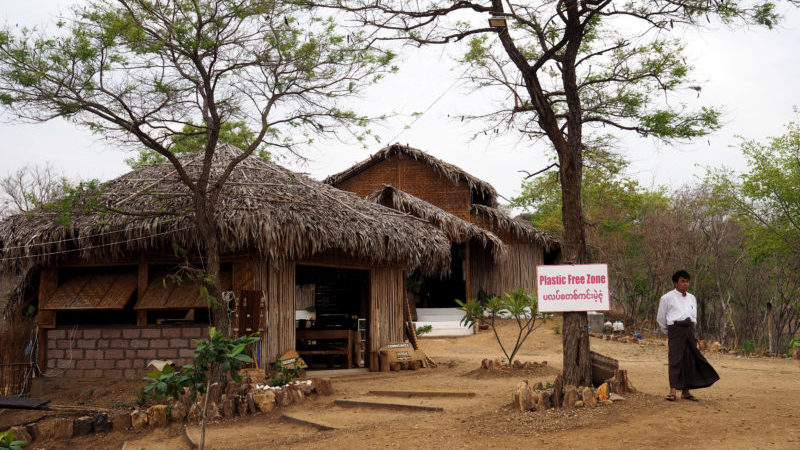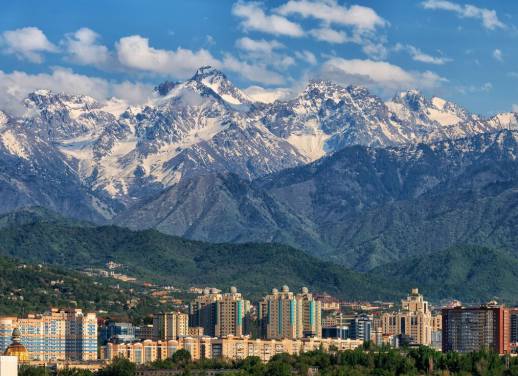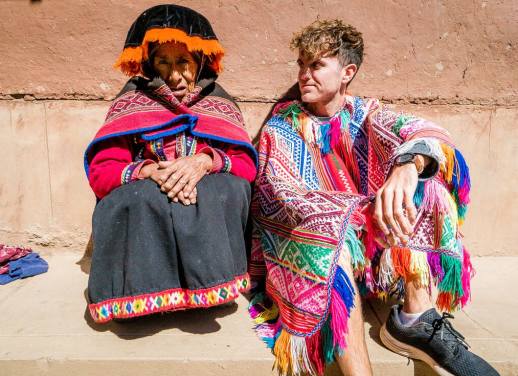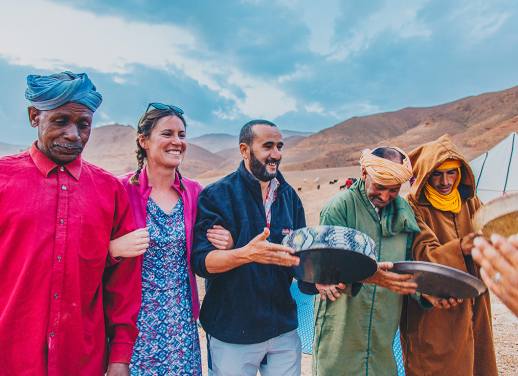Community-based tourism is a fantastic concept; it enables travellers to experience local culture while simultaneously empowering the communities they visit to preserve their natural and cultural heritage.
I love to support responsibly managed operations when I can so when I heard that Myanmar’s very first community-based tourism project opened to visitors last year with support from Intrepid, I couldn’t wait to get over there to check it out.
Off the grid
Developed in partnership with international NGO ActionAid, the community-based tourism project is located in the township of Myaing, one of the poorest and least developed regions of Myanmar. Benefiting more than 1,150 community members living in a cluster of four villages less than two hours’ drive north of the ancient city of Bagan, the project’s visitor numbers are highly restricted in order to limit the impact on the community. Currently, it’s only possible to visit as a guest on Intrepid’s Best of Myanmar tour.
On our final morning in Bagan, my group piled into a van with our guide Joseph, headed for the nation’s arid central-west. As the paved road morphed into a bumpy dirt track and charmless concrete houses were slowly replaced by more traditional thatched shacks, it felt like we were travelling back in time. Between its dirt streets, oxen carts, and lack of power lines (it’s still off the grid), the first village we arrived in could have provided the backdrop to a film set a century ago.
MEET THE INTREPID LEADER WHO DEDICATED HIS LIFE TO HELPING DISADVANTAGED YOUTH IN VIETNAM
Village life
Myaing’s community-based tourism experience is currently a one-night program including visits to all four villages, with guests sleeping (and eating most meals) at a purpose-built community lodge nearby. While the tiny villages are much the same, visits are structured to provide hosts and guests unique opportunities for cultural exchange in each village.
In the first village, for example, we visited a community centre where local men were busy tuning traditional instruments for an upcoming festival. We then rolled up our sleeves to plant some fruit trees for a local family before sitting down to a delicious traditional lunch of chicken curry and flavour-packed veggie dishes prepared by the local women-led Self Help Group (SHG). Designed to empower rural women to take more active roles in society, the SHGs also manage ‘revolving loan funds’ owned by each community to help members purchase necessities (such as seeds or a sewing machine) that will help them generate income for their families. Applicants repay the loan with a small amount of interest that allows the loan fund to grow, benefiting more and more locals.
SUBSCRIBE TO OUR NEWSLETTER FOR TRAVEL INSPIRATION, GIVEAWAYS & MORE
In the second village, we submitted to the classic Myanmarese ritual of having our faces painted with ‘thanaka’, a cosmetic paste made from ground bark that is applied to the face by most women (and some men) daily, as a gang of curious village children watched on. As we enjoyed the naturally cooling sensation of the yellowish paste on our skin, a local spokeswoman talked us through life in the village using visual aids while Joseph translated. Although our conversations with locals (few of whom speak English) were limited to basic pleasantries, the talk was helpful in providing us with a deeper understanding of local history and culture.
Later that afternoon, after freshening up at the lodge, we jumped on mountain bikes for a leisurely pedal to the third village where we joined a local family for afternoon tea and visited the village monastery, which is (only just) still standing after nearly 200 years. The fourth village, we soon learned, is the source of the cloth carry bags that are provided to all guests on Intrepid’s Myanmar tours. We made it back to the lodge just in time to watch the sun set over the reservoir, our busy day topped off by another spread of tasty local dishes and a traditional dance performance.
The lodge
While by no means a luxury operation, the traditional-style property perched on the side of a new reservoir near the villages is a fine spot to spend a night. The reservoir itself – its construction managed by the SHGs in order to keep corruption in check – has provided a lifeline for the drought-stricken farming community, allowing residents to continue making a living locally rather than leave their villages in search of work. The lodge, too, provides employment opportunities for locals. ActionAid currently oversees the lodge’s day-to-day operations, with a vision for the local community to take more control in due course.
Beyond its basic but characterful guest rooms, the community lodge has a lovely big open-air dining room, with the reception building doubling as a gift shop stocked with locally-made products such as handmade scarves and petrified wood necklaces. My favourite part, however, is the ‘plastic free zone’ sign at the entrance – don’t forget to bring your reusable water bottle.
Deep impact
My visit to the community-based tourism project lasted less than 24 hours, yet the experience was just as rewarding for me – if not more so – as visiting Myanmar’s traditional sights (yep, even Bagan). ActionAid and Intrepid have created a really special community-based tourism experience for visitors here, and from what I could tell, for locals too. The opportunity to see first-hand how your tourist dollars help to ensure a sustainable future for marginalised communities is a bonus. ActionAid is currently conducting feasibility studies on similar community-based tourism projects around the country and I can’t wait to learn more about them.
Discover community-based tourism in Myanmar on an Intrepid Travel Best of Myanmar small group adventure.

